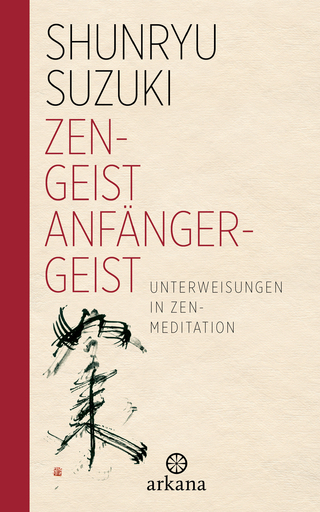
The Body Incantatory
Spells and the Ritual Imagination in Medieval Chinese Buddhism
Seiten
2018
Columbia University Press (Verlag)
978-0-231-16271-5 (ISBN)
Columbia University Press (Verlag)
978-0-231-16271-5 (ISBN)
The Body Incantatory reveals the histories and logics of practice of deeply embodied forms of Buddhist ritual. Paul Copp vividly captures the diversity of Buddhist practice among medieval monks, ritual healers, and other individuals lost to history, offering a corrective to accounts that have overemphasized elite, canonical materials.
Whether chanted as devotional prayers, intoned against the dangers of the wilds, or invoked to heal the sick and bring ease to the dead, incantations were pervasive features of Buddhist practice in late medieval China (600–1000 C.E.). Material incantations, in forms such as spell-inscribed amulets and stone pillars, were also central to the spiritual lives of both monks and laypeople. In centering its analysis on the Chinese material culture of these deeply embodied forms of Buddhist ritual, The Body Incantatory reveals histories of practice—and logics of practice—that have until now remained hidden.
Paul Copp examines inscribed stones, urns, and other objects unearthed from anonymous tombs; spells carved into pillars near mountain temples; and manuscripts and prints from both tombs and the Dunhuang cache. Focusing on two major Buddhist spells, or dhāraṇī, and their embodiment of the incantatory logics of adornment and unction, he makes breakthrough claims about the significance of Buddhist incantation practice not only in medieval China but also in Central Asia and India. Copp's work vividly captures the diversity of Buddhist practice among medieval monks, ritual healers, and other individuals lost to history, offering a corrective to accounts that have overemphasized elite, canonical materials.
Whether chanted as devotional prayers, intoned against the dangers of the wilds, or invoked to heal the sick and bring ease to the dead, incantations were pervasive features of Buddhist practice in late medieval China (600–1000 C.E.). Material incantations, in forms such as spell-inscribed amulets and stone pillars, were also central to the spiritual lives of both monks and laypeople. In centering its analysis on the Chinese material culture of these deeply embodied forms of Buddhist ritual, The Body Incantatory reveals histories of practice—and logics of practice—that have until now remained hidden.
Paul Copp examines inscribed stones, urns, and other objects unearthed from anonymous tombs; spells carved into pillars near mountain temples; and manuscripts and prints from both tombs and the Dunhuang cache. Focusing on two major Buddhist spells, or dhāraṇī, and their embodiment of the incantatory logics of adornment and unction, he makes breakthrough claims about the significance of Buddhist incantation practice not only in medieval China but also in Central Asia and India. Copp's work vividly captures the diversity of Buddhist practice among medieval monks, ritual healers, and other individuals lost to history, offering a corrective to accounts that have overemphasized elite, canonical materials.
Paul Copp is associate professor in Chinese religion and thought at the University of Chicago.
List of Illustrations
Preface: The Body Incantatory
Thanks
Abbreviations
Introduction: Dharanis and the Study of Buddhist Spells
1. Scripture, Relic, Talisman, Spell
2. Amulets of the Incantation of Wish Fulfillment
3. Dust, Shadow, and the Incantation of Glory
4. Mystic Store and Wizard's Basket
Coda: Material Incantations and the Study of Medieval Chinese Buddhism
Appendix 1. Suiqiu Amulets Discovered in China
Appendix 2. Stein no. 4690: Four Spells
Notes
Glossary
Sources
Index
| Erscheinungsdatum | 16.04.2018 |
|---|---|
| Reihe/Serie | The Sheng Yen Series in Chinese Buddhist Studies |
| Zusatzinfo | 32 b&w illustrations |
| Verlagsort | New York |
| Sprache | englisch |
| Maße | 152 x 229 mm |
| Themenwelt | Geisteswissenschaften ► Religion / Theologie ► Buddhismus |
| ISBN-10 | 0-231-16271-5 / 0231162715 |
| ISBN-13 | 978-0-231-16271-5 / 9780231162715 |
| Zustand | Neuware |
| Haben Sie eine Frage zum Produkt? |
Mehr entdecken
aus dem Bereich
aus dem Bereich
Philosophische Betrachtungen
Buch | Softcover (2024)
Aufbau TB (Verlag)
12,00 €
Unterweisungen in Zen-Meditation
Buch | Hardcover (2024)
Arkana (Verlag)
20,00 €


